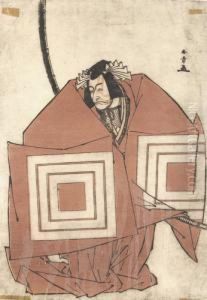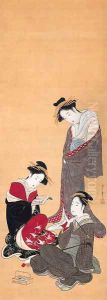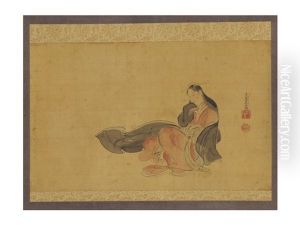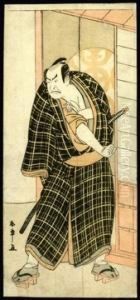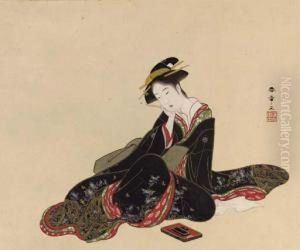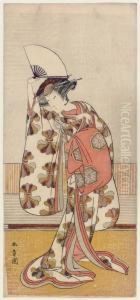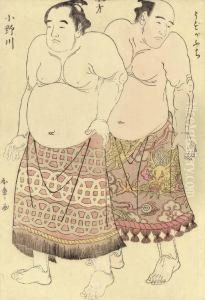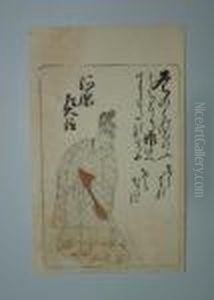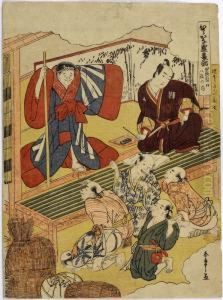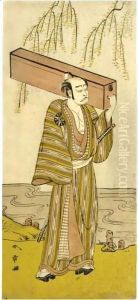Katsukawa Shunsho Paintings
Katsukawa Shunsho was a prominent Japanese artist who played a significant role in the Ukiyo-e movement, a genre of woodblock prints and paintings that flourished in Japan from the 17th through 19th centuries. Born in 1726, Shunsho is best known for his portraits of kabuki actors, sumo wrestlers, and beautiful women, which were popular subjects of Ukiyo-e art. He was a member of the Katsukawa school and significantly influenced the style and development of actor prints within this tradition. Shunsho's works are characterized by their dynamic composition, vivid colors, and an emphasis on the individual characteristics of the figures he depicted, distinguishing his actor prints from the more stylized and less realistic portrayals by earlier artists.
Shunsho's career began as a painter and designer of book illustrations, but he soon found his niche in the Ukiyo-e movement. He developed a new, more realistic and individualized style of depicting kabuki actors, moving away from the generic and idealized figures that had been common in such prints. This innovation not only won him fame during his own lifetime but also had a lasting impact on Ukiyo-e. His approach to portraiture influenced many subsequent artists, including his students and successors within the Katsukawa school. Among them was Katsukawa Shunko, who continued the tradition of actor portraits.
In addition to his actor prints, Shunsho also produced a number of bijinga (pictures of beautiful women) and sumo-e (sumo wrestling prints). However, it is his actor prints that have had the most enduring influence and remain highly valued by collectors and scholars of Japanese art.
Shunsho's engagement with the Ukiyo-e genre coincided with the cultural blossoming of the Edo period (1603-1868), during which time the merchant classes grew in wealth and influence. This period saw a significant increase in the production and consumption of arts and entertainment, particularly those that catered to the tastes and interests of the urban population. Shunsho's prints reflect the vibrant cultural scene of Edo (modern-day Tokyo) and contribute to our understanding of the period's aesthetics and social dynamics.
Katsukawa Shunsho passed away in 1792, but his legacy endures through his innovative contributions to the Ukiyo-e tradition and the Katsukawa school. His work continues to be admired for its lively depiction of Edo's popular culture and its pivotal role in shaping the artistic direction of Japanese woodblock printing.

